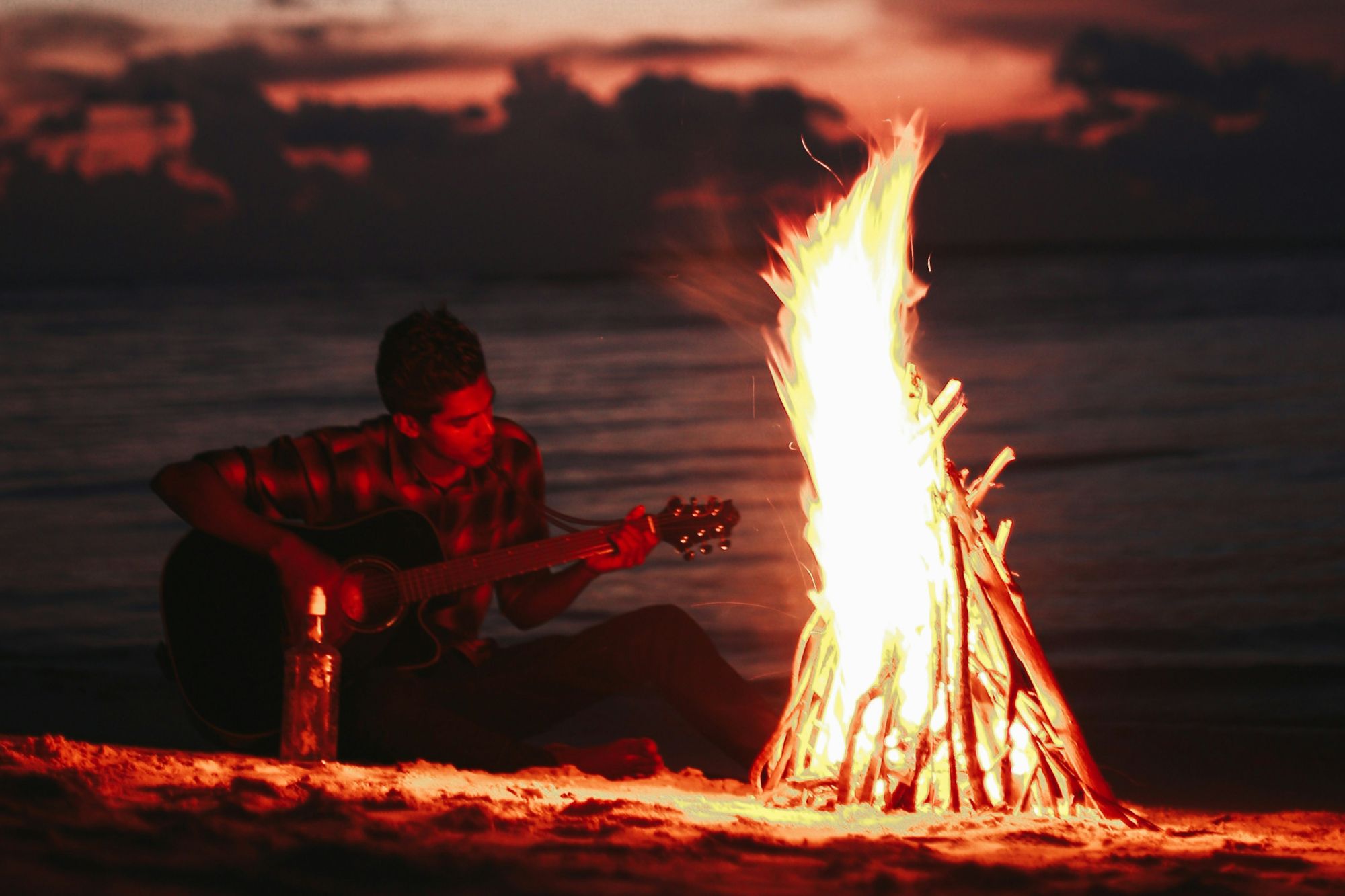



For many travellers, the Maldives is synonymous with turquoise lagoons, coral reefs, and luxurious overwater villas. Yet beneath the postcard-perfect surface lies a rich cultural landscape shaped by centuries of trade, migration, and storytelling. The Maldives is not just a destination for leisure but a living archipelago with a heritage that blends South Asian, Arab, and East African influences. Exploring this side of the islands offers a more rooted understanding of daily life, far removed from the curated calm of resort life.
Dhivehi, the national language, is a thread that connects the islands. With its roots in Indo-Aryan languages and unique script, it reflects the Maldives’ position at the crossroads of maritime trade. Oral traditions remain strong, with stories of sea spirits, mythical kings, and heroic fishermen passed down through generations. While younger Maldivians are fluent in English due to tourism, listening to Dhivehi spoken in local cafés or sung in traditional verses offers a glimpse into the heart of island identity.
For centuries, the sea was the Maldivian pantry and highway. Fishing shaped everything: from the rhythm of daily life to the architecture of boats, known as dhonis. Tuna, still central to the national diet, was historically preserved by sun-drying and exported across the Indian Ocean. In small islands beyond Malé, fishing remains not just an economic lifeline but a communal practice, with neighbours sharing catches and working together to repair nets. Visiting these communities highlights the resilience and cooperation embedded in Maldivian culture.
No Maldivian celebration is complete without bodu beru — a drum-driven performance believed to have African roots. The powerful rhythm builds in intensity until dancers and drummers reach a spirited crescendo, captivating both performers and audience. Other traditional arts, such as Thaara (a religiously inspired rhythmic performance) or Dhandijehun (group dances during Ramadan), highlight how music intertwines with faith and festivity. Watching or participating in these performances allows visitors to experience a side of the Maldives that feels both communal and celebratory.
Island artisans keep traditional crafts alive with skill and patience. In Thulhaadhoo, lacquer work produces vividly patterned wooden bowls and boxes. On Fioari, women weave colourful mats called kunaa from local reeds, once prized as royal gifts. Shell work, boat building, and intricate coral stone carving reflect both practical needs and artistic expression. By visiting workshops or purchasing directly from artisans, travellers not only support livelihoods but also help sustain traditions that have endured for generations.
The Maldives is a Muslim nation, and Islamic traditions shape daily life. Mosques, often adorned with intricate wood carvings or coral stone walls, are central to community gatherings. Festivals follow the Islamic calendar, with Ramadan bringing nights of prayer, shared meals, and street festivities. Eid is marked with feasting, bodu beru, and family visits. For visitors, understanding and respecting these rhythms provides a deeper appreciation of the spiritual dimension that underpins Maldivian society.
Maldivian cuisine reflects both seafaring traditions and global influences. Tuna appears in countless forms: grilled, smoked, or simmered into curries. Coconut is ever-present, grated into mas huni (a breakfast dish of tuna, onion, and lime) or thickened into sauces. Rice, breadfruit, and imported spices round out the table. Meals are often shared, reinforcing the communal nature of island living. Beyond resorts, small cafés in Malé or on local islands offer a taste of authentic dishes — a way of connecting with daily life as much as with flavour.
Engaging with Maldivian culture requires stepping beyond the confines of private islands. Visiting a local mosque, listening to a bodu beru performance, or sharing mas huni with a family on a guesthouse island brings a new dimension to the Maldives. The archipelago’s beauty is not only found in its reefs and lagoons but also in its language, traditions, and people. For travellers willing to look deeper, the Maldives becomes more than a paradise backdrop — it becomes a place of living heritage.